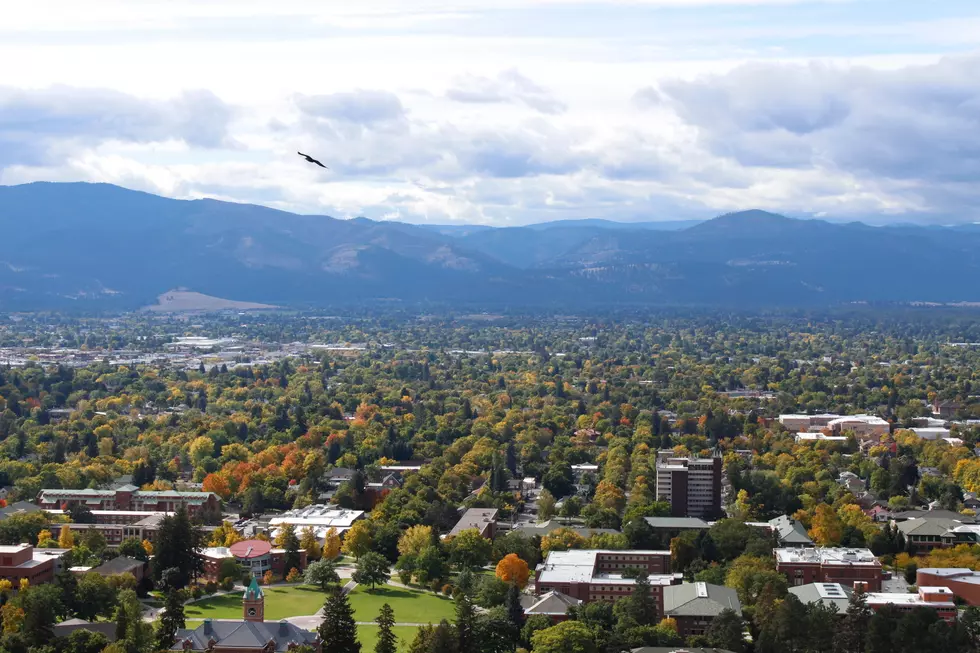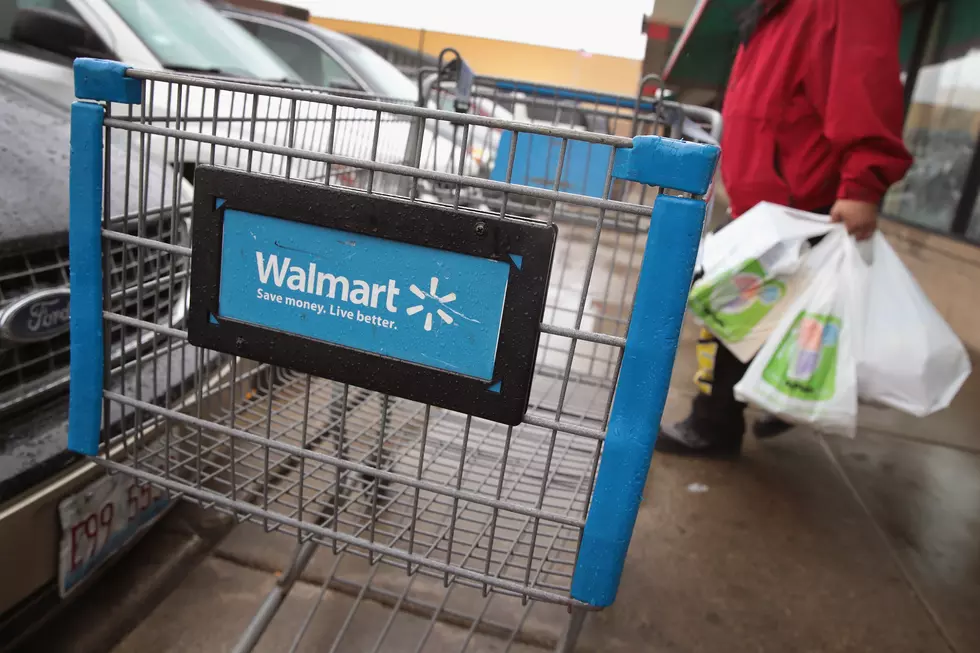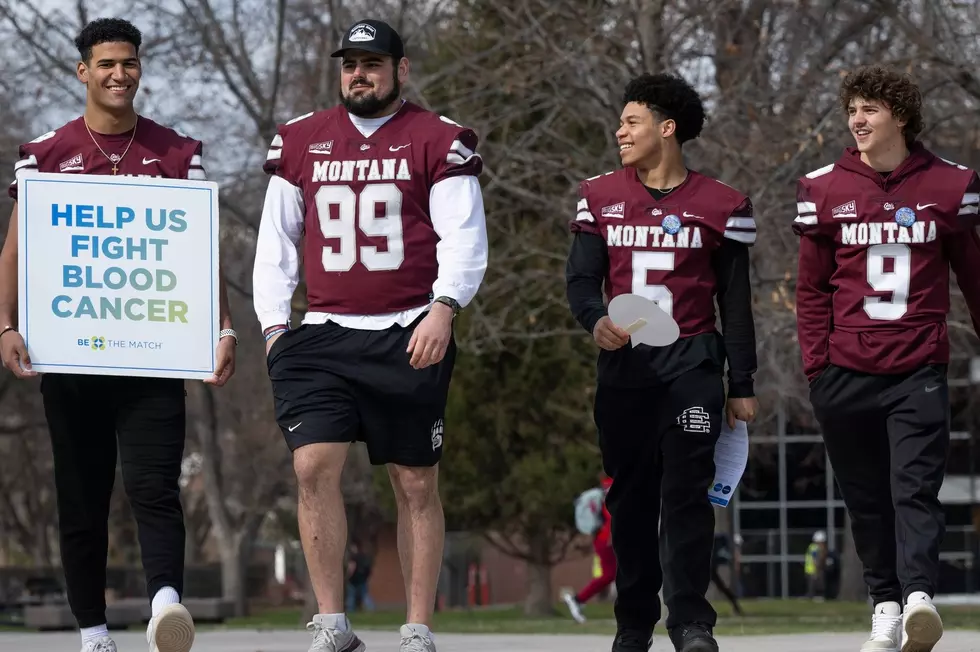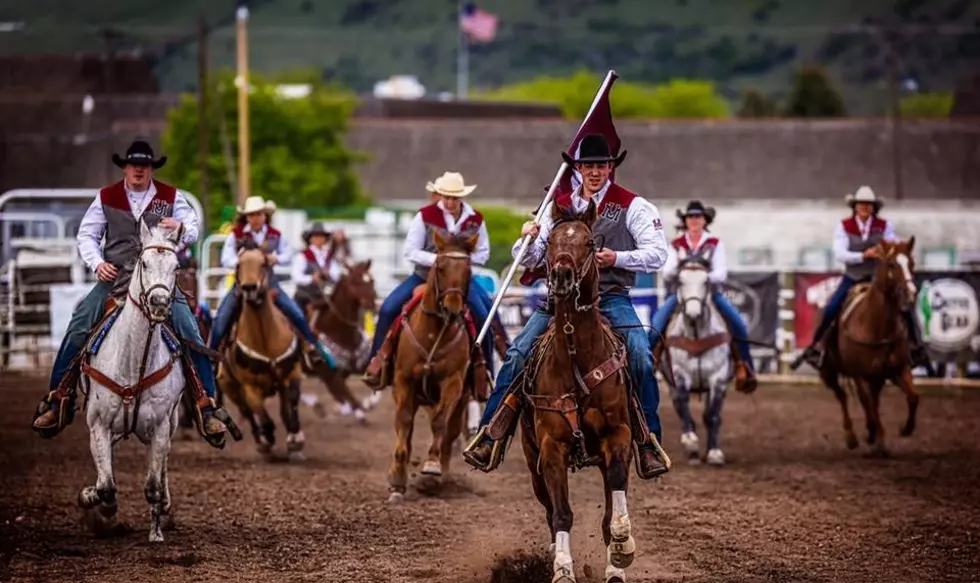
City Council Member Explains TIF Funding and its Impact on Taxpayers
Missoula city council member Jesse Ramos spoke to KGVO News about the funding used to finance the Reserve street pedestrian bridge. According to Ramos, the bridge was paid for with TIF funding, or Tax Increment Financing. The TIF funding that went towards the pedestrian bridge is a part of Urban Renewal District III, Ramos explains.
“Urban Renewal District III, that’s the one the bridge is in. It goes from the walking bridge, wraps all the way around Cabela’s, wraps back around 39th, wraps around the fairgrounds, wraps down through Bancroft, hits Mount, wraps all the way back around Reserve, and then comes around. It’s one square mile, so it’s a massive, massive district. It was created in the year 2000 because it was blighted, according to Montana Code Annotated. There are 15 different criteria, and Missoula had to match two of them.”
As defined by Montana Code Annotated, “blighted property” is “an area that is conducive to ill health, transmission of disease, infant mortality, juvenile delinquency, and crime.”
Ramos explains TIF funding as it applied to Urban Renewal District III. Ramos says that, for explanation purposes, the district had a $10 million tax base in 2000. When the tax revenue was divided roughly equally, a third went to the city, a third went the county, and a third went the schools. In 2000, TIF funding froze the process. The only tax revenue going to the city, county, and Missoula schools was a part of the original $10 million tax base. Property taxes still increased, but any increase in the tax base was skimmed off of the top and went to the Missoula Redevelopment Agency (MRA). TIF funding must be reinvested back in the same district; along with the pedestrian bridge construction, some of that TIF funding went towards the Missoula Mercantile, construction at Southgate Mall, and Stockman Bank, Ramos says.
“That TIF money is only supposed to be used for 15 years, so that district was created in 2000 and was supposed to sunset after 15 years,” Ramos explained, “but there’s a small provision within Montana Code Annotated which states that if you settle debt within the district, it extends the district out the length of the bond for a maximum of 40 years total. In September of 2015, the city council sold $5 million worth of bonds for that walking bridge, [built with] TIF funds, and extended that district out until the year 2040. So, all the growth in that tax base in going to be skimmed off the top until the year 2040.”
Ramos says that services in that district, such as police, fire stations, new hires, and wages and benefits for employees are paid for by taxpayers outside of the district. Taxes from within the district are going towards the MRA to pay off projects such as the bridge and the mall development. Part of the mall development included road construction on private property in front of the now-closing Lucky’s Market.
Ramos believes that the investment to develop parts of Urban Renewal District III should have been a risk assumed by the private sector, but now, taxpayers are "on the hook". The grand total comes out to roughly $8 million in taxes, plus an additional $5 million or $6 million in interest.
Ramos spoke to KGVO News to clarify and expand on Friday’s interview with urban planners Aaron Wilson and Andrew Hagemeier.
More From 94.9 KYSS FM







